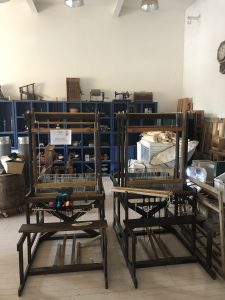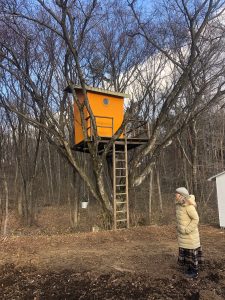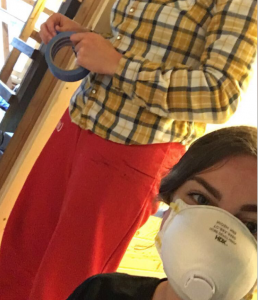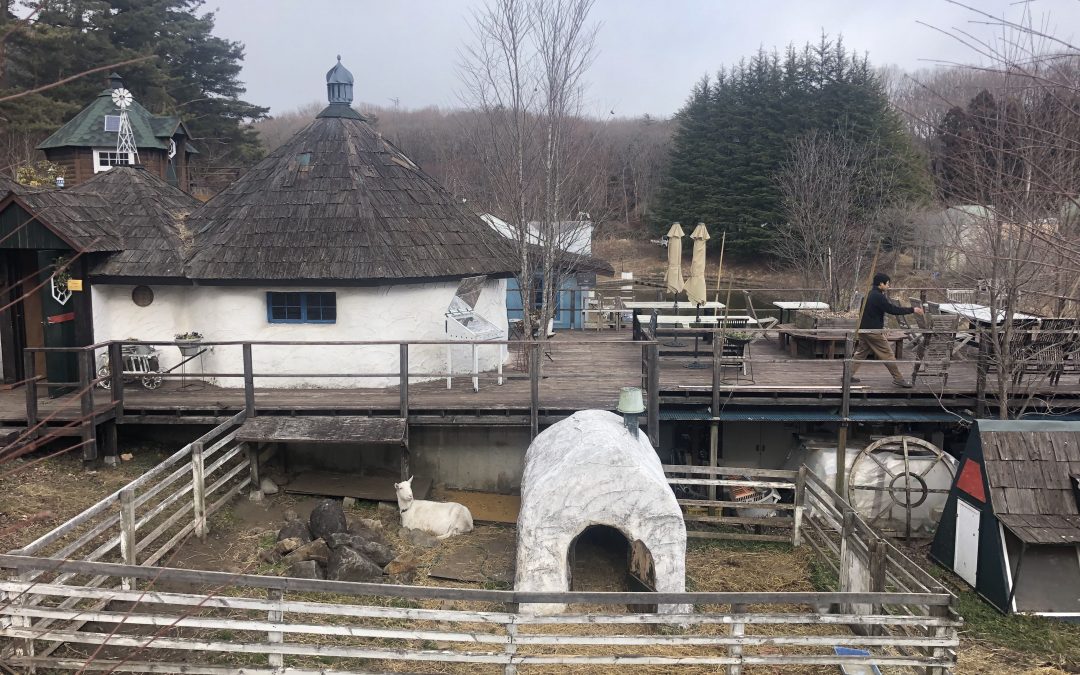This course has consistently stressed the importance of local empowerment as opposed to marginalization. This focus has led me to reflect on the importance of self-motivation and small-scale activism at the grassroots level as well as the guiding philosophies behind these movements. I have read and witnessed these philosophies manifested in what I like to think of as “the DIY” attitude. In many ways, Doing it Yourself is is what it means to reclaim power and authorship of your own space and community, especially when it is threatened environmentally, culturally, and economically.
In the grassroots movements that we have studied and some of the people we have spoken with personally, we have encountered a common theme of the frustration with government, bureaucracy, and top-down solutions which perpetuate inequalities instead of solving them through a more horizontal approach that centers the voices of those most marginalized. This grassroots approach that begins with the local and strives to extend to the global, as demonstrated through Ui, Tanaka Shozo, and perhaps most memorably in Iwasaki Shunsuke’s mantra, “think locally, act globally” offers an alternative that brings about impactful environmental change after organizations like the UN failed to hear the voices of the “2.8 billion people living in the countrysides of developing nations” because they were distracted by microphoned voice of elites in urban areas. Although from distinct situations, these activities all strived toward the same sustainable philosophies and networked in such a way to keep themselves from a myopic or exclusionary approach.Their success and inspiring methodology made me wonder what was different from the failing solutions provided by governmental and other top-down institutions. One main difference is that they took matters into their own hands at the grassroots level, essentially doing it themselves.

Shinrin no Bokujo
I found this sentiment reinforced at the dairy we visited where, despite the extreme adversity of the triple-disaster, Yamakawa-san still took matters into his own hands, used the resources available to him, and continued doing environmentally friendly work in which he believes.

One of Dr. Fujimura’s DIY workspace
Then in the afternoon, the power of DIY was epitomized at the non-electric village we visited. Dr. Fujimura shared with us how he has invented 1500 green technologies, built everything around essentially from scratch, and diverged from what was expected of someone in order to create something unique and valuable. As we toured around the village, his wife asked us what experience we had in construction. I got my first experience with this in high school building sets for our theatre productions. Then this past summer, I was hired as a contractor for a few weeks to renovate housing and other miscellaneous projects. The skills I gained through these jobs has really empowered me by enabling me to literally construct something from the ground up. In many ways those past jobs motivated me to apply for this program; I wanted to do hands on work that supports a sustainable m ision.
ision.
However, these experiences were not without their own adversities. Especially as a woman, no one expects me to be handy, let alone capable of building a house more or less by myself. Since acquiring these skills I am constantly minimized, second-guessed, and ‘mansplained’ to both on and off the job. I don’t mean to equate my experiences to the experiences of others, but they do help give me an empathetic look into how intersections of gender (as wells as class, race, ethnicity, age, nationality, and many other aspects of identity) affect individuals and communities in relation to government, businesses, and sometimes even your own local moments.

Myself on site at my contracting job
I am so grateful that I got meet and ask questions with these people who embody and radiate the strength of DIY. DIY projects, organizations, networks, and perhaps most importantly philosophy allow you to act in counter-cultural ways enabling you to modify or deviate from the mainstream when it fails to recognize you and your community. It puts authorship back in your own hands and often gives you satisfying tactile results. I’d like to end this blog post with something I tell myself to maintain my DIY mentality when I am feeling overwhelmed with a project or inadequate with my own abilities. When this happens, I tell myself: I don’t know how to do this…Yet.
Alyson B.

Recent Comments